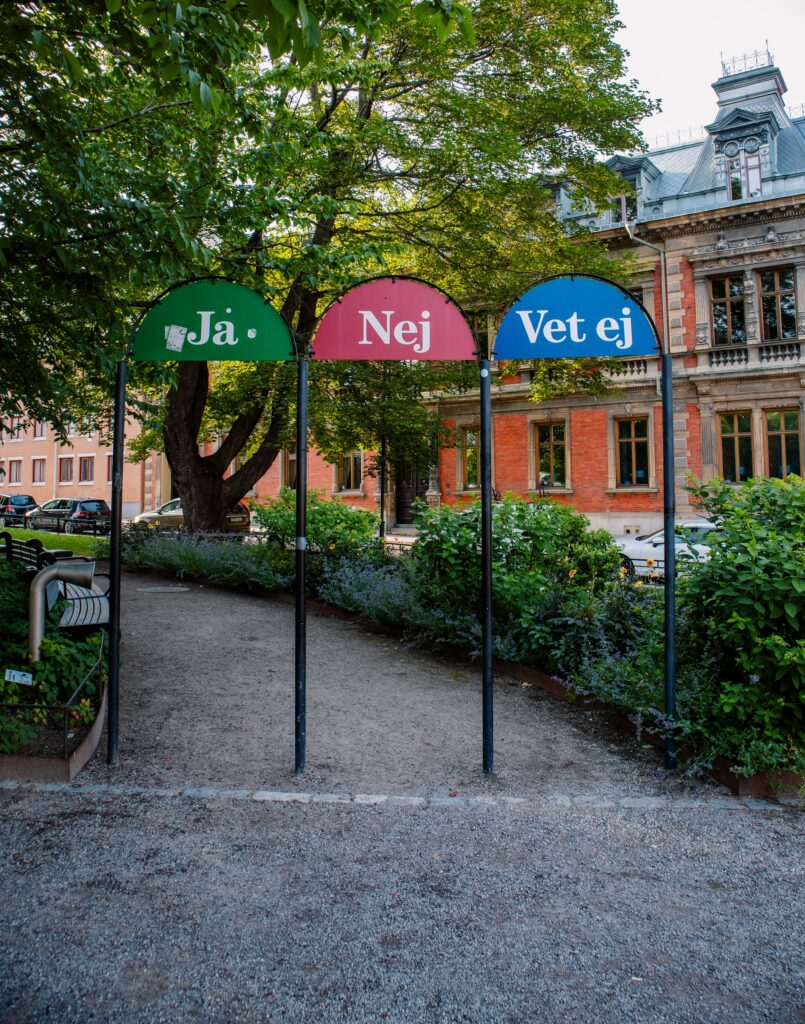
Checking to see if someone already registered is different than finding out who they are. If there are 10 agencies working together in a community, we want to ensure family X receives aid (inclusion) and that they are not overlooked for some reason (exclusion), but also that they do not receive the same aid package multiple times from multiple agencies (duplication).
It seems quite straightforward, doesn’t it? We want to ensure inclusion and avoid exclusion and duplication. However, the ability to do this is not so straightforward. It involves coordination, trust and agreements. And yes, it can, but doesn’t have to involve sharing of records. If agency 1 is permitted access to the other 9 agencies recipient databases, agency 1 can look for duplication. However, most agencies don’t like others looking at their databases. But we don’t have to. Agency 1 could ask a series of questions to the databases of the other 9 agencies. Questions that can be answered with yes/no.
Yes/No can help us with inclusion, exclusion and duplication without actually sharing the information. The classic example of this is age. When the question is am I over 18, we don’t need to know my date of birth rather we need to know if I was born before whatever the date is 18 years before today.
And one way to do the above is for agencies to allow other agencies to ask yes/no questions of their databases. This sometimes referred to as a ‘zero knowledge proof’. Another way to do this is for agencies to give the data they verify or create to the person so they can put it in their wallet and show others. This is sometimes referred to as ‘data portability’.
These models do not need to be either/or. They already exist and work together in our analogue world, we can improve on them in the digital world.
The choice is up to us.

0 Comments